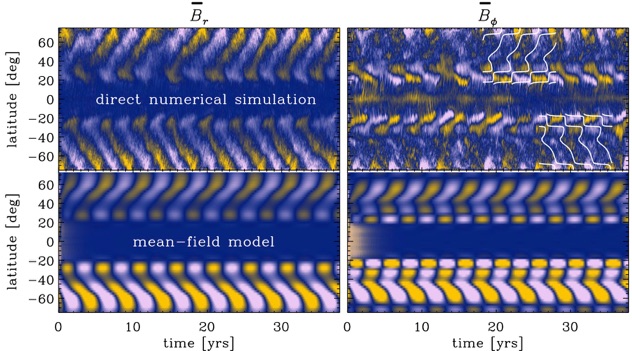Hej,
This is my homepage. I am current a Senior Postdoc & Scientist at the Max-Planck Institute for Solar System Research in Göttingen, Germany. I am there in SOLSTAR and UniSDyn group and collaborate with the Solar and Stellar Coronae group , working on the interplay of dynamos, flux concentrations with coronal structures and activity in the Sun and other stars.
In Summer 2013 finished my PhD Studies at Nordita and the Astronomy Department of Stockholm University under the supervision of Axel Brandenburg.
I am a core-developer of the open source PENCIL CODE, which is hosted by GitHub.
On the following pages, you can find my Curriculum Vitae, an overview of my research topics and a detail a list of publications and talks.



